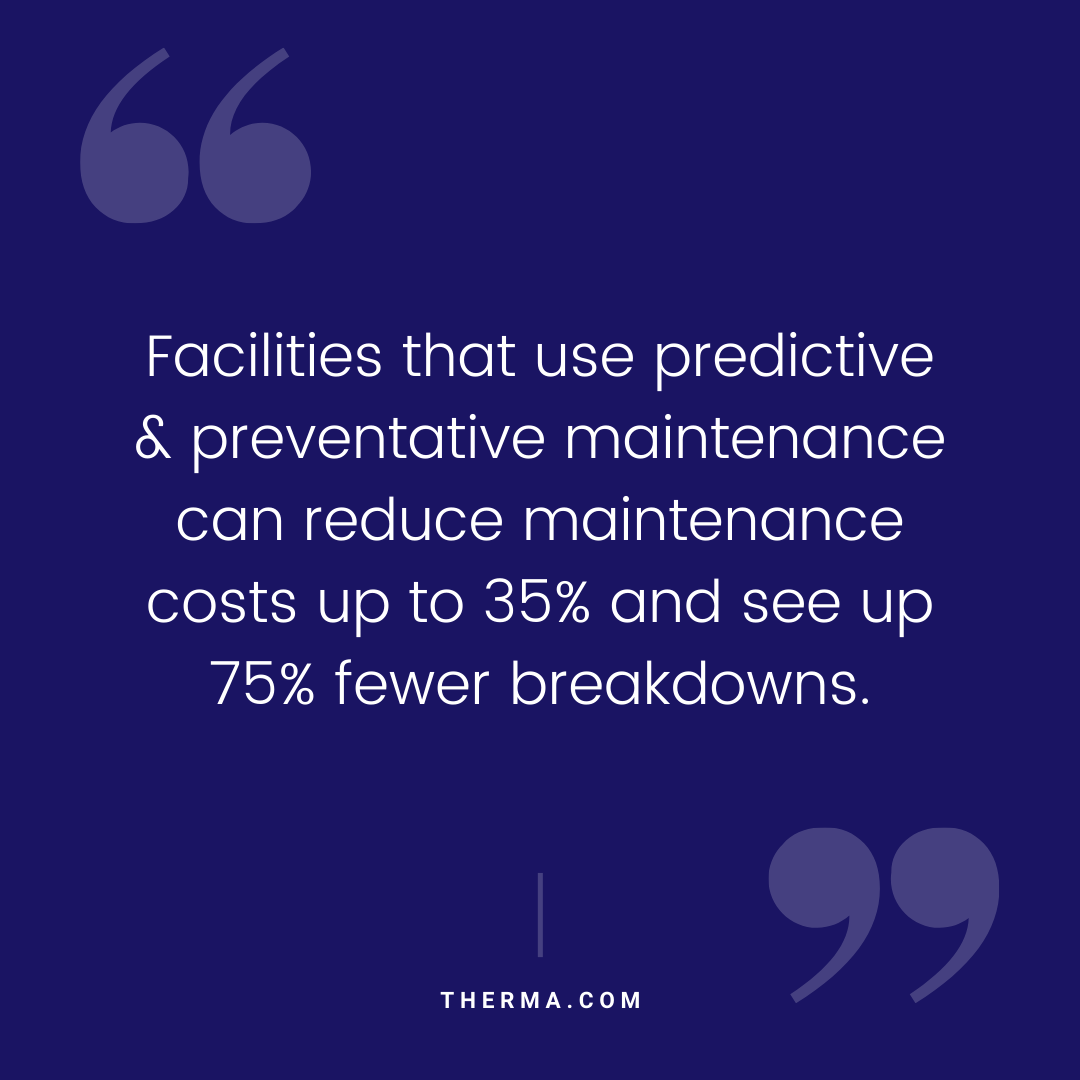Future-proofing HVAC systems to accommodate changing regulations and maintain optimized systems, that is what it’s all about. Focusing on flexible, sustainable and efficient upgrades can save owners and facilities managers money while satisfying occupants.
HVAC Future-Proofing or Future Poof
Energy standards change. Occupants expect to access modern technologies and comfort. Older buildings struggle to meet new needs as IT and HVAC take up space and the cost of repairs increase. Even systems in new construction can quickly become outdated. The answer? Future-proof buildings.
The buzz about future-proofing buildings, or specific systems within them, breaks down to extending their lifecycle and usefulness. Longer lasting equipment that continues to meet the changing needs of occupants reduces costs and improves return on investment. Future-proofing focuses on flexibility to handle changing standards and occupant needs, scalability for expansion, and the ability to maintain equipment efficiency.
Future-proof systems take forethought and planning to be effective. This is doubly true for older buildings. As facilities managers juggle the cost of repair against the cost of replacement, it is easy to overlook the big picture if there is no plan in place. Clear long-term goals that focus on flexibility, expansion, and efficiency ensure both new and existing buildings can find the best of today’s technology to carry them forward for many years.
Today’s Technology, Tomorrow’s Building
One of the best approaches for efficiency is building integration. Established buildings may use a building management system for HVAC, but centralizing several systems together increases efficiency – and savings. An IBMS can help managers and owners save up to 30% through improved energy usage.
Integrated building management systems (IBMS) promote sustainability through energy savings measures, but also makes predictive maintenance easier. Sensors feeding data to the IBMS can be used by staff to identify potential equipment issues before a component fails. Addressing it early on prevents more expensive repairs and unnecessary downtime.
Such measures improve system efficiency and extend the lifecycle of the equipment. Facilities that use predictive and preventative maintenance can reduce maintenance costs up to 35% and see up 75% fewer breakdowns.
A well-designed IBMS needs to be flexible and scalable to meet future-proofing goals. Smart sensors and controls, especially those that rely on open communication protocols, make future expansion easier. Staged upgrades in existing structures take advantage of the flexibility and scalability of an IBMS as each system component draws from the most current technologies available without needing a major infrastructure overhaul.
Sustainable and Efficient Options in HVAC
New installations and equipment upgrades in established buildings are opportunities to explore solutions. HVAC, especially, has current technologies for future-proof buildings. Hydronic and chilled water systems are not new technologies, but are more efficient and sustainable than traditional forced-air and chemically refrigerated systems, respectively.
For some buildings, replacing outdated equipment comes with additional restrictions such as limited space or building preservation requirements. Wireless sensors and controls reduce both space required and labor costs. Another option includes integrated lighting fixtures. Options provide lighting coupled with heat, ventilation, communications or sprinkler systems to reduce space needed while still providing occupant comfort and safety.
HVAC Future-Proofing: Here’s To a Bright Future
To get started future-proofing your systems:
- Collect and analyze data on current building usage. Compare it to how occupants and other stakeholders say they want to use it.
- Identify and prioritize goals. What do you want to achieve? What do you need to achieve?
- Work with professionals to develop a long-term plan of action.
- Establish benchmarks and metrics for on-going evaluation.
Approaching future-proofing goals piecemeal, facilities managers and building owners can miss great opportunities for cost savings and improved performance. Even if the installation needs to occur in stages, planning is key. Establish a long-term path that focuses on multiple system integration, using smart technology, and equipment designed for improved efficiency and sustainability.









